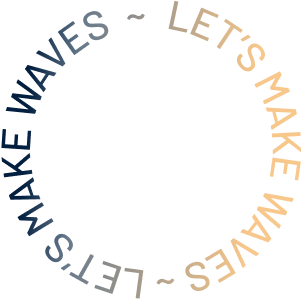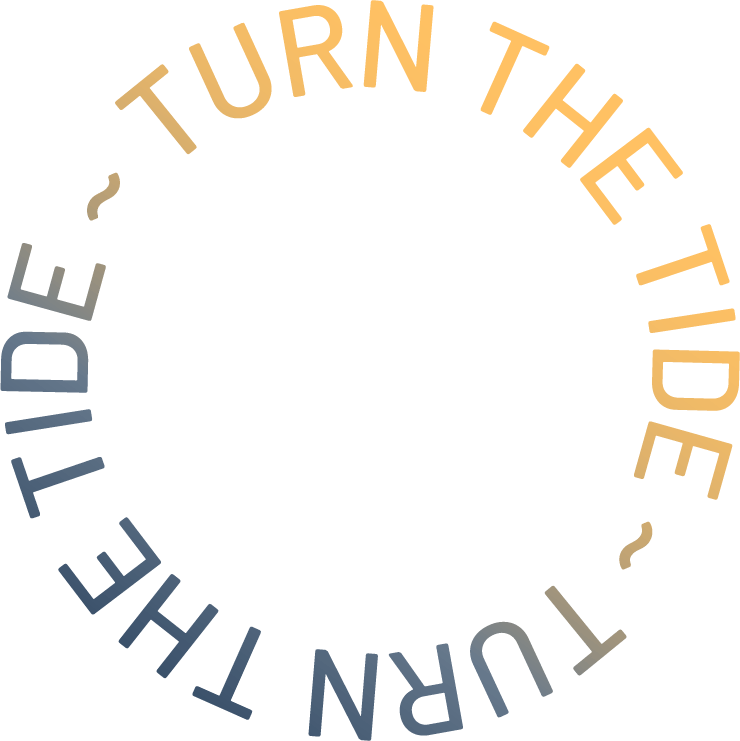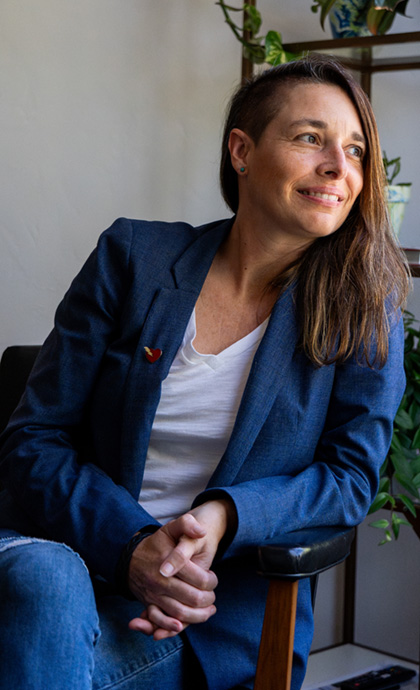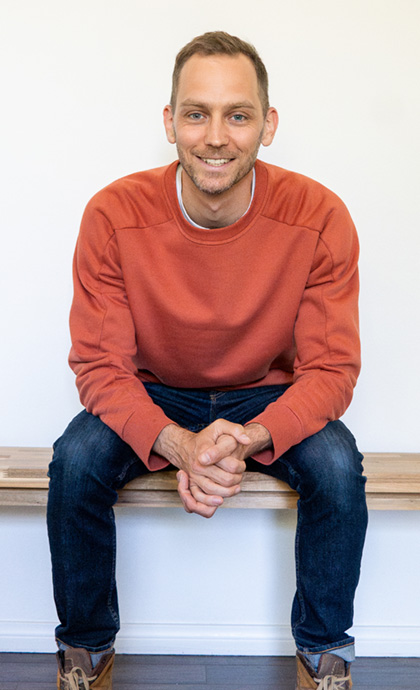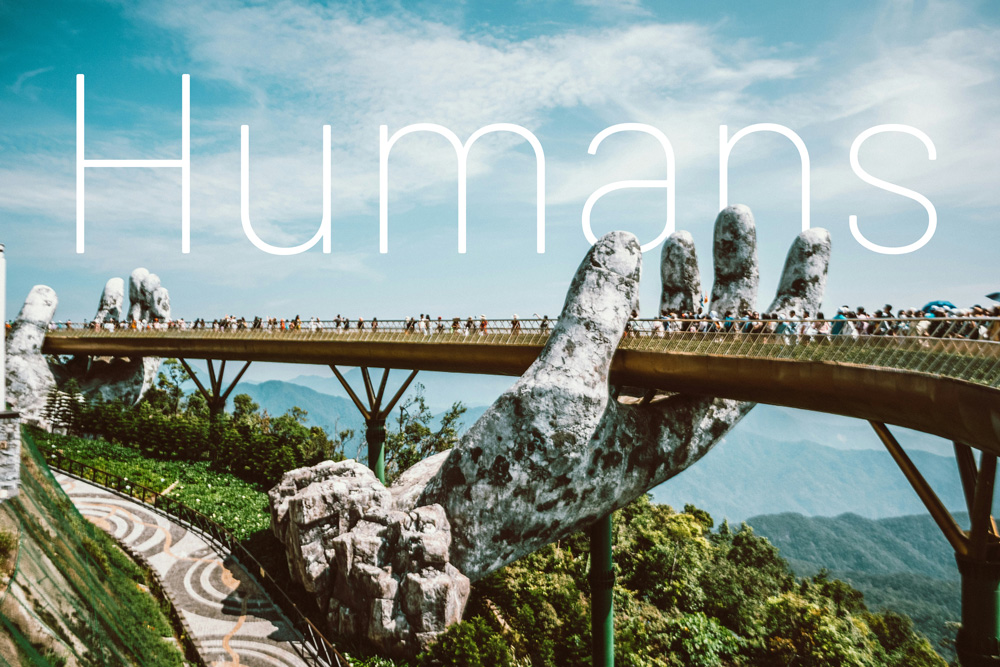
Four Fin’s Favorite Artists, Thinkers, and Pop-Culture Creators
AI is often seen as a brilliant, know-all robot, but it’s really an aggregator of human-created data. Every answer it gives is built on thousands of years of human ingenuity. Today, we’re celebrating the designers, writers, and culture-makers whose art and ideas have shaped the way we, and therefore the robots, think.
So next time you use AI and wonder where an idea came from, remember: it wasn’t a robot. It was a long line of humans using their minds, hearts, and hands to bring something into the world.
Let’s dive in…
Vanessa Barragão of Portugal – For her gorgeous coral tapestries inspired by marine ecosystems
Chosen by Associate Creative Director Macoe Swett
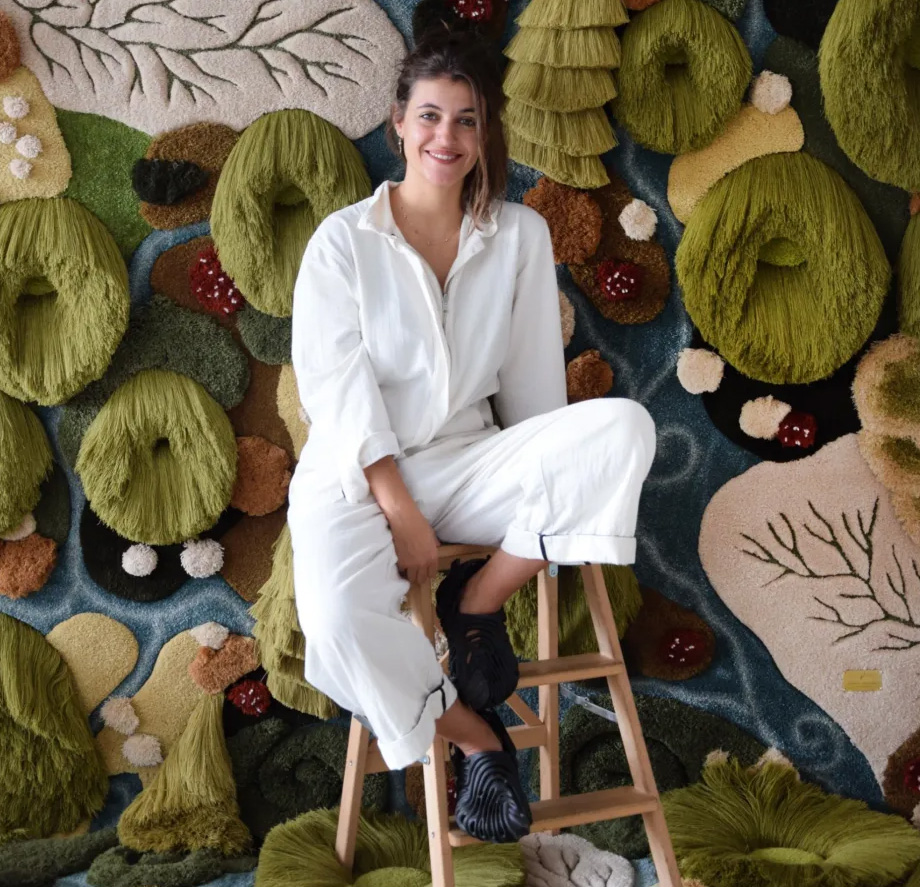
Vanessa uses yarn and jute canvas to create larger than life textile installations inspired by the fragility and beauty of marine biomes. Completely hand made by her and her studio assistants, including her mother, sister, and crocheted pieces from her grandmothers, these tactile forms take weeks to months to create, and incorporate latch hooking and weaving as well as crocheting. She is committed to exploring environmental themes and raising awareness of the degradation of the coral reefs. The soft nuanced forms and colors practically beg to be touched, while paradoxically protesting the devastation that humans have wreaked on coral, which can be killed by a mere touch.
Rachel Carson – For her groundbreaking environmental writing that led to the resurgence of beloved bird species
Chosen by Senior Content Strategist + Copywriter Carly DeMento
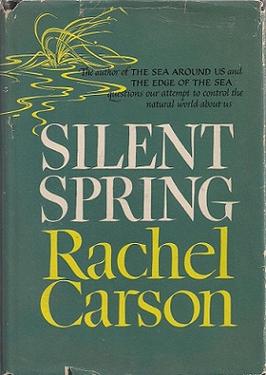
If you live along the coast and enjoy watching brown pelicans fly in V’s, don’t thank a robot—thank Rachel Carson. In her writing, particularly her seminal book, Silent Spring, Carson emphasized the interconnectedness of all living things and the intrinsic value of nature. Importantly, she also connected human actions to what happens in the environment. She argued against the widespread use of the pesticide DDT. Before Rachel Carson and The Endangered Species Act, brown pelicans were nearly extinct. Rachel’s writing and Congressional action banned DDT and now brown pelicans are just one of many animals including bald eagles and peregrine falcons whose resurgence is a direct result of her writing. When you search AI about ecosystems or the environment or environmental activism, Carson was one of many writers whose work is behind the answers you see.
Angel Oloshove – For her otherworldly ceramic sculptures
Chosen by Senior Designer Beibei An

I discovered Angel Oloshove and her sculptures recently, and was amazed by the beautiful, light, colorful, translucent-looking sculptures. She uses her hands and clay to create something almost digital-looking, light and colorful, which generates this amazing contrast that tricked my eyes. I’d love to see or touch them myself (if I can), and I bet that would evoke a different feeling. I’m amazed by the unreal art she can make with earthy materials.
Baseballers – For their contribution to language and the importance of teamwork
Chosen by Senior Account Manager Morgan Clark

Humans have been working together for millions of years. What might be surprising is that teams of humans, groups of people collaborating toward a common aim, have influenced our language and the way we think, and have contributed to the mass of ideas and language that feed AI. Enter: baseballers. Here are a few of the ideas that baseballers have added to popular culture—ideas that influence AI’s answers to us.
- Throw a curveball: To introduce an unexpected and deceptive element into a situation.
- To knock it out of the park or hit a home run: To achieve great success or execute something perfectly.
Brené Brown – For her pioneering work on vulnerability
Chosen by Chief Operating Officer Jessica Williams
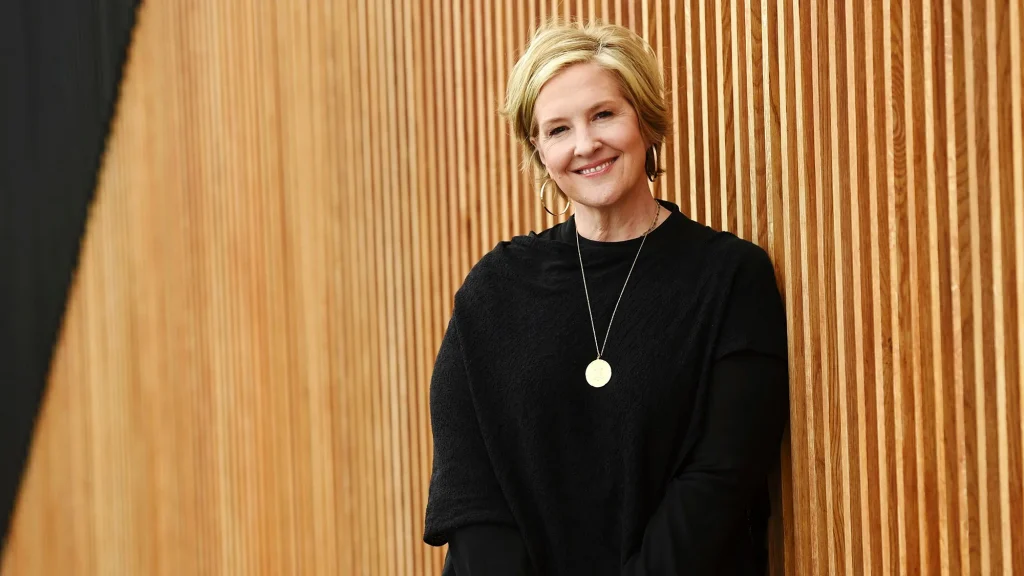
How could AI ever think to take a concept we hold as true and turn it on its head—giving the concept new language and meaning? Humans can do that though – Brené Brown did just that with the concept of vulnerability.
Brené Brown switched the narrative and changed the way we think about vulnerability—from a weakness to something that requires strength and bravery, and creates connection. Brown coined the ideas below that have become important in popular culture and changed the way we think (her ideas have also been fed into the chat bot and influence AI). When you ask AI what vulnerability means, here’s what Chat GPT has to say:
- “Vulnerability is not weakness; it’s our greatest measure of courage.” This is one of Brown’s most famous contributions, transforming the common perception of vulnerability from a character flaw to an act of strength. You cannot predict the future when you are vulnerable. To act, speak, share—even when you can not control the outcome—takes courage.
- “Vulnerability is the birthplace of innovation, creativity, and change.” This phrase captures the idea that without the risk of emotional exposure, people will not pursue new ideas. When people are vulnerable and courageous, it is infectious and invites others to join along and feel seen.
- “Clear is kind.” Brown framed a new way to think about being clear with others. To be clear is to not be rude, imposing, or controlling—rather, to be clear about one’s intentions, ownership, direction, expectations, desires—is a kind thing to do. It provides context and information, and takes away the guessing game. It allows relationships to play on the same field, and lessens misunderstanding, communication breakdowns and confusion. We live by this at Four Fin!
Louise Fili – For reinvigorating typographic illustration for a new era
Chosen by Founder + Creative Director Jen Derks
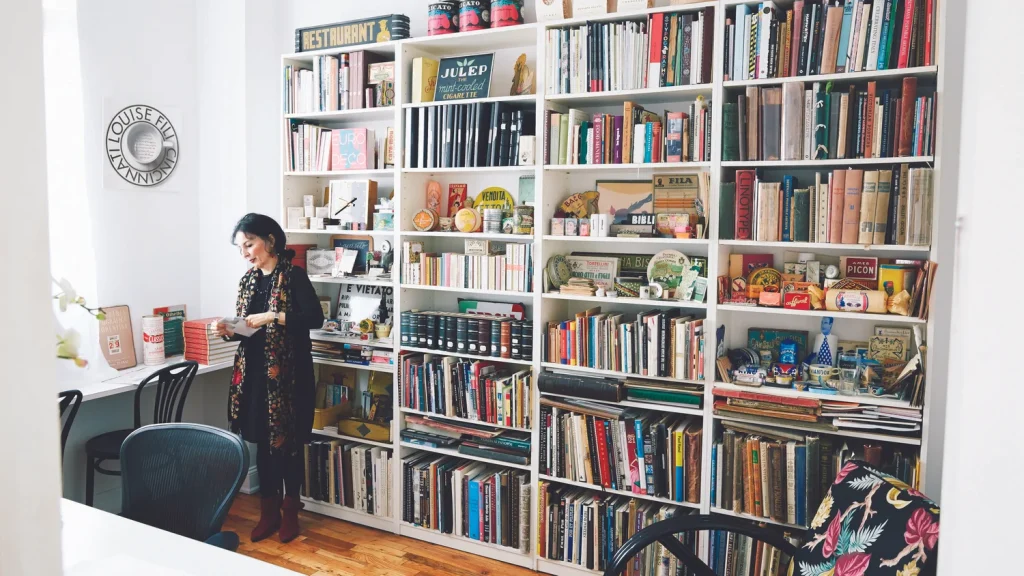
Louise Fili was one of the first modern designers to truly blur the line between typography and illustration. While earlier designers like Herb Lubalin and Milton Glaser explored expressive type in the ’60s and ’70s, Fili brought a distinctly personal, romantic, and historically grounded approach to it. She drew inspiration from vintage signage, Italian shopfronts, and Art Deco ornamentation. Fili designed nearly 2,000 book jackets while working at Random House. Her work made type feel hand-crafted and emotional again at a time when much of design was becoming slick and digital. She reinvigorated typographic illustration for a new era, especially in branding, packaging, and publishing. She inspired a whole generation to see type as art, not just design, paving the path for artists like Jessica Hische to continue to push boundaries.
We hope you’ve enjoyed this dive into just a few of the humans that contribute to making AI the helpful tool it is. Need actual humans to support your company’s marketing initiatives? We help marketing leaders and growth teams execute high-impact brand creative with a team that just gets it: Four Fin’s Fractional Creative Department. Meet your new team of creatives. Real people.
Click here to book your free consultation. Let’s build something the world will love!



